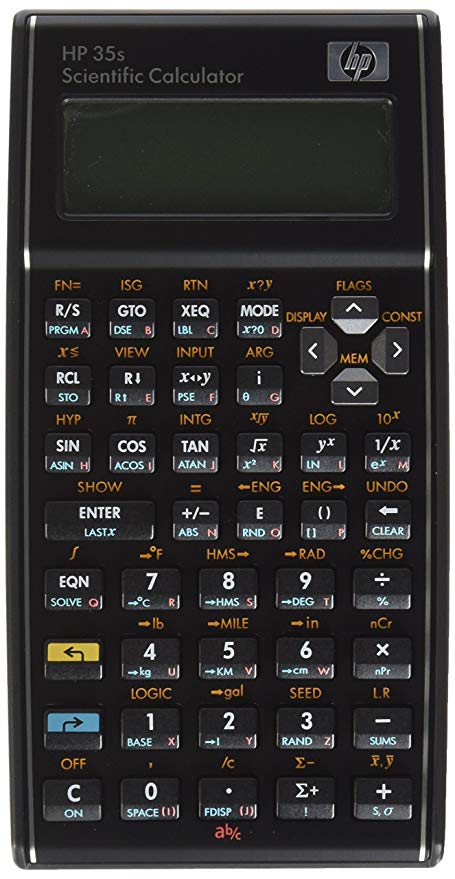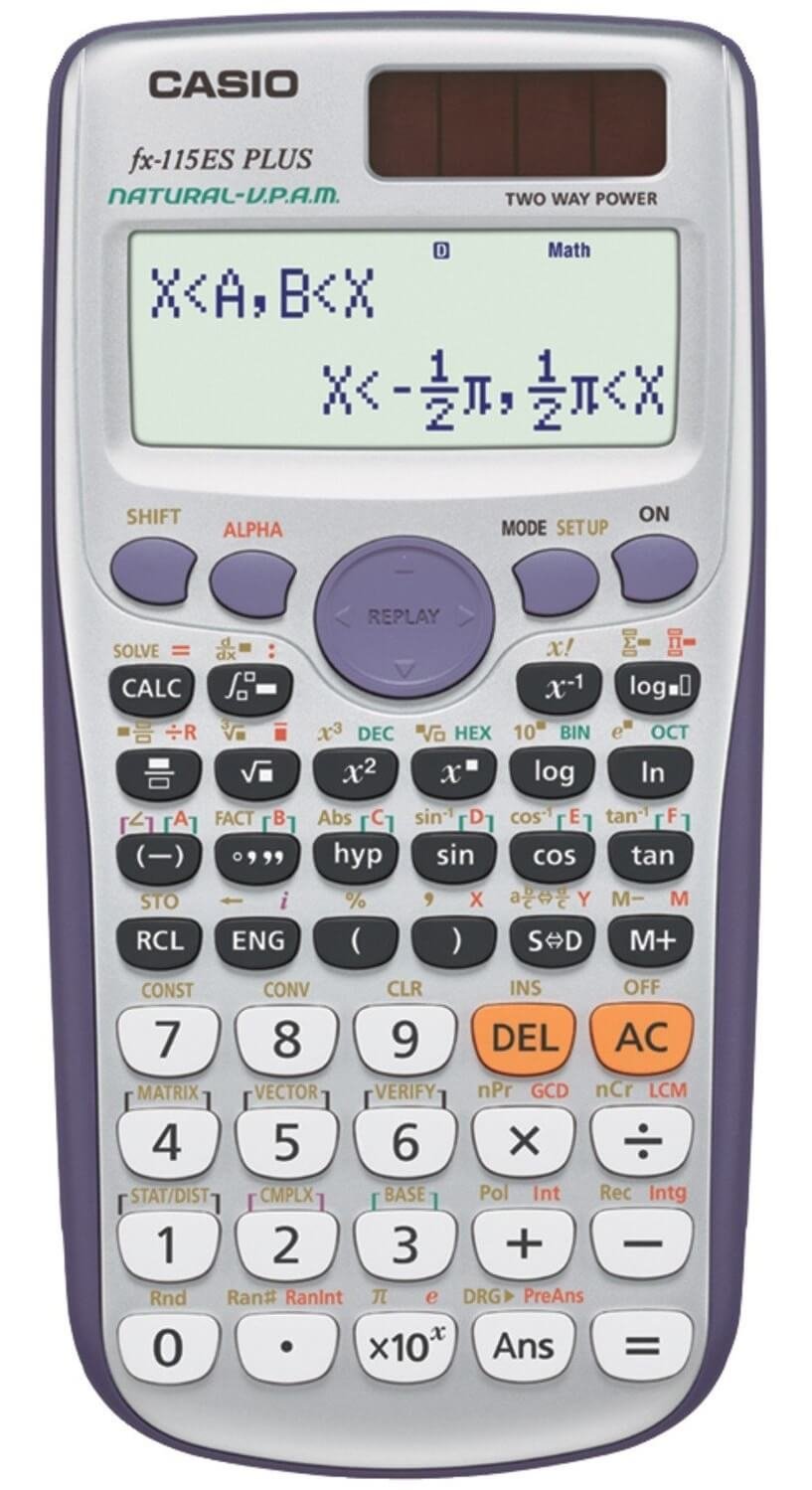

Amazing that this mathematical procedure is able to group substrates apart from products. The calculator can only analyze the given molecules and their elements by means of simple algebraic approach. The calculator is not supposed to predict what the products will be. I do not want to underestimate chemistry. It still works! I do hope this proves that chemical knowledge is not so important as mathematics when finding coefficients. You cannot see where the error is at first glance. One could never find the coefficients for this equation using the classical approach. What would happen if we mistakenly mixed it up a bit again? Imagine that such compounds exist and react as follows: But I can assure you that it really does not need any chemical analysis to find the true shape of the process. And what about the one below? Is it right or wrong?: Algebra decides what will be the product and what will be the substrate! If you are an experienced chemist you will easily find the mistake in the mixed equation thanks to your chemical knowledge because the example is simple. But the calculator still works! Following the methodology described you will find that the value of some variables will be negative so they should be placed on the opposite side of the equation. If one did not notice the mistake one could not find the solution by means of the classical approach. What would happen if we mistakenly mixed it up a bit? To solve this system is to find the value of variables a, b, c which are the desired coefficients. With mathematics in mind you can write such a simple equation with variables a, b, c denoting the coefficients to be found:Īll you have to do is balance the quantity for each element on the left and the right side of the equation. Use the calculator with the explanation box checked to see the output. To see how the program finds the solution let`s start from a simple example.Īll the examples can be cut and pasted into the calculator That students will find it very useful in determining the To prove that this algebraic technique works. It was a real shock when I realized the power of It provides better solutions than chemistry itself! SuchĪn idea might seem a bit strange for a chemist. Mathematics provides a general way to find reaction coefficients. Luckily it turns out that oxidation numbers and half-reaction are unnecessary! Another method exists that uses algebra to find the In some cases however it is hard to use this method because oxidation numbers cannot be unequivocally attributed. The classical approach uses oxidation numbers and many chemists cannot imagine any way to find the solution other than balancing half-reactions for the process. Transition statesĬheck out this video on finding transition states with the Amsterdam Modeling Suite, leveraging DFTB as a quick first method (see also Ziegler-Natta tutorial).Finding coefficients for chemical reactions is often complicated, especially in the case of redox processes.


The demo features spin-orbit coupling, TDDFT and the fast transition potential method.įedor Goumans has made a video on calculating XPS spectra with ADF.
#Chemistry calculator program how to#
SCM’s expert Erik van Lenthe demonstrates how to calculate X-ray absorption spectra (XANES / NEXAFS) with core excitations in ADF. Try for yourself! X-Ray Absorption Spectroscopy, X-ray photoelectron spectroscopy With these features, ADF offers unique capabilities to predict molecular properties of nanoparticles and organic electronics materials.ĪDF is easy to use with parallel binaries, integrated GUI, and support from experts with decades of experience. The best way to convince yourself is to try out the fully functional Amsterdam Modeling Suite. Density Functional Theory (DFT) calculations are easily prepared and analyzed with our integrated graphical user interface.ĪDF is frequently used for studying transition metal complexes and molecules with heavy atoms, since all elements in the periodic table can be modeled accurately and efficiently with the ZORA relativistic approach and Slater Type orbital (STO) all-electron basis sets. Our flagship computational chemistry program Amsterdam Density Functional (ADF) is particularly strong in understanding and predicting structure, reactivity ( catalysis), and spectra of molecules. ADF Powerful molecular DFT to understand chemistry


 0 kommentar(er)
0 kommentar(er)
